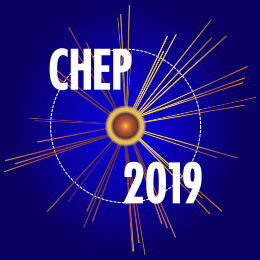Speaker
Description
HEP experiments simulate the detector response by accessing all needed data and services within their own software frameworks. However, decoupling the simulation process from the experiment infrastructure can be useful for a number of tasks, amongst them the debugging of new features, or the validation of multithreaded vs sequential simulation code and the optimization of algorithms for HPCs. The relevant features and data must be extracted from the framework to produce a standalone simulation application.
As an example, the simulation of the detector response of the ATLAS experiment at the LHC is based on the Geant4 toolkit and is fully integrated in the experiment's framework "Athena". Recent developments opened the possibility of accessing a full persistent copy of the ATLAS geometry outside of the Athena framework. This is a prerequisite for running ATLAS Geant4 simulation standalone. In this talk we present the status of development of FullSimLight, a full simulation prototype that is being developed with the goal of running ATLAS standalone Geant4 simulation with the actual ATLAS geometry.
The purpose of FullSimLight is to simplify studies of Geant4 tracking and physics processes, including on novel architectures. We will also address the challenges related to the complexity of ATLAS's geometry implementation, which precludes persistifying a complete detector description in a way that can be automatically read by standalone Geant4. This lightweight prototype is meant to ease debugging operations on the Geant4 side and to allow early testing of new Geant4 releases. It will also ease optimization studies and R&D activities related to HPC development: i.e. the possibility to offload partially/totally the simulation to GPUs/Accelerators without having to port the whole experimental infrastructure.
| Consider for promotion | No |
|---|
